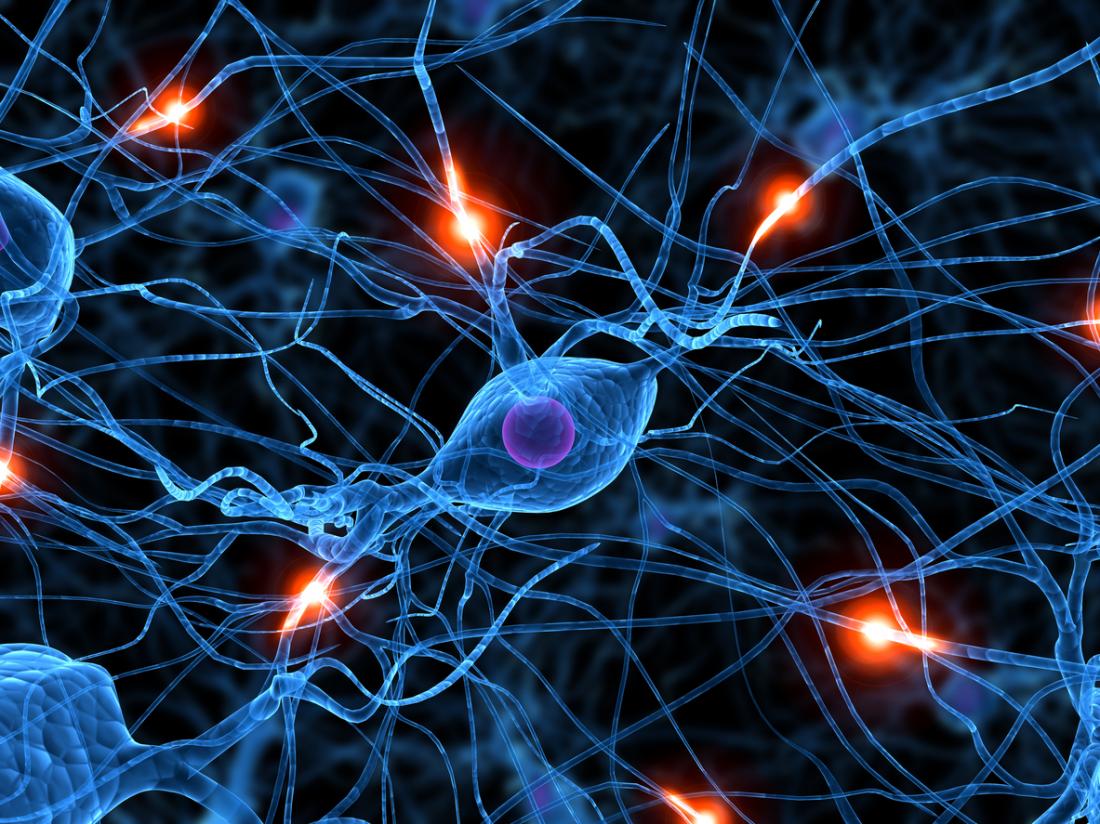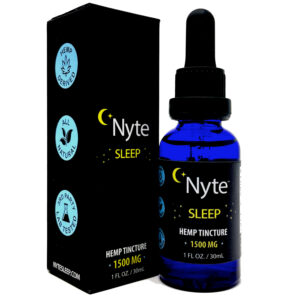The Science Of Sleep
Ever wondered what happens to your body when you sleep? The short answer is… a lot! There are also different things that happen when you either get enough quality sleep vs. when you don’t sleep enough, which we will take a closer look at in a moment.
Sleep Drive & Sleep Rhythm
First, let’s discuss the two systems in the brain that actually make up the process of sleep: your sleep drive and your sleep rhythm.
Sleep drive is similar to hunger in that when you’re hungry, as soon as you eat, the hunger urge dissipates, and the same holds true with sleep. The way this urge happens at the cellular level is through the production of adenosine as a byproduct of cells consuming glucose for fuel.
As adenosine works its way through your system it binds to a very specific receptor site in your brain, and as adenosine accumulates, you get sleepier and sleepier and sleepier.
Coincidentally, if you study the molecular structure of adenosine and the molecular structure of caffeine, they only differ by one molecule!
Why is that important? Well, the reason is because caffeine can slip into that receptor site and block adenosine, which is one of the reasons why people like to drink coffee or caffeinated drinks to keep themselves awake.
The second sleep system is called your sleep rhythm. Following the hunger metaphor, you probably notice you get hungry around the same time each day and the same holds true with sleep.
Most people have a tendency to get sleepy somewhere between 10 and 11 at night.
Now of course, many of us have quite different times of day or night when we get sleepy and we all have our own personal sweet spot for the ideal bedtime, which we will discuss further in a moment.
The important thing to remember here is that your sleep rhythm follows your core body temperature. This is one reason why you want to sleep in a cooler environment.
Throughout the day your core body temperature goes up, up, up until it hits a peak, and when it starts to come down that’s a signal to release something called melatonin.
We will explore melatonin much deeper soon, but for now it’s important to emphasize that sleep directly follows that core body temperature rhythm which is a circadian rhythm meaning it’s going 24/7 day and night.
Sleep Stages
Next, let’s dive into sleep stages and sleep cycles. Most of us have heard or maybe remember from high school biology class that there are several different stages of sleep.
Stage 1 sleep is followed by stage 2, stage 3 and 4 and then something called REM (rapid eye movement) sleep, but let’s quickly break it down in more detail.
Stage 1 sleep is very transitional – it only makes up about 2% of the night. This is your body or your brain making the switch from wake into sleep and it doesn’t take very long to happen.
Stage 2 makes up almost 50% of the night. There are a lot of different things going on during stage 2 sleep which are important for your body in terms of basic regulatory maintenance.
Stages 3 and 4 is the recovery part of sleep, this is the “wake up and feel great” sleep, your body’s time for physical restoration.
During these stages is where the most growth hormone is naturally produced. Growth hormone is your body’s way of repairing damage and growing healthy new cells so that you come out feeling great the next dayI
So remember stage 3 and 4 sleep is important for your physically restorative sleep, and next we will discuss REM sleep which is your mentally restorative sleep.
We now know that during REM sleep is where we move information from our short-term memory to our long-term memory.
Your brain has an organizational substructure like a filing cabinet and when a new piece of information comes in during stage 3 and 4 take we to take out the stuff we don’t want and then during REM sleep we lock and Load it into that filing cabinet.
When you store a piece of information into your brain it actually becomes electrically connected to other pieces of information. Doctors and scientists believe that electrical connection might be what dreams are made of.
That’s the likely reason behind some of the seemingly random or illogical connections you experience in dreams when unrelated pieces of information have somehow gotten locked into one another and it’s being represented in your dream.
Again, when you look at REM sleep it’s really really important to understand that not just dreaming is occurring but also memory storage is occurring and this is your mentally restorative sleep stage.
Another fascinating thing that happens during REM sleep that you might not know about, is you become almost completely paralyzed! You might be wondering why would you do something like that? It’s actually for your own safety so that you don’t physically act out your dreams, where you could cause serious harm to yourself or others around you.
Sleep Cycles
There’s also something else to be aware of with how you sleep which is sleep cycles. So here’s what happens when you go to sleep: You go from wake to stage 1 or stage 2, then down into Stage 3 and 4.., back to Stage 2 and on into REM sleep. That little dance move takes approximately 90 minutes (somewhere between 80 and 120 but 90 is pretty much a good average) and that is one sleep cycle.
Interestingly, not all sleep cycles are created equal. We also now know that stage three and four sleep happens at the beginning of the night and REM sleep happens to be usually at the back half of the night. This is why people who only sleep 6 hours or less each night often start to take out that last two or three sleep cycles leading to memory problems and lack of focus/concentration.
So if you’re the person who walks into a room and can’t remember why you’re there or you lose your car keys all the time or you can’t remember what’s on the grocery list, it’s probably because you’ve lopped off that last third of the night which is where REM sleep has a tendency to occur.
And by the way, the average person has 5 sleep cycles each night, but not everybody does and you’re going to learn why shortly.
Dreams & Nightmares
REM sleep is believed to be the time when dreams occur and this is a topic that many people want to learn more about. Many people out there may also be suffering from nightmares and stress dreams which they would like to better understand.
Stress dreams are dreams that you have when stressful things are going on in your life, and sometimes dreams can tell us things about our conscious life that we might have never thought about otherwise. These dreams are often an indicator that there might be something going on in your life that you need to really think about.
Nightmares are a whole different scenario. Nightmares are oftentimes very scary, usually involve some level of violence and nightmares in general are not very good.
People will wake up from nightmares with a start, sweating, and startled. Nightmares and stress dreams usually tend to dissipate as their sleep quality and consistency improves.
Sleep Tracking
Now let’s take a quick look at some important metrics to begin to measure and understand about your sleep quality. Remember, when it comes to sleep, quality is more important than quantity. Let’s start by defining some of the basic things we can measure without any devices or apps.
The first thing to keep track of is the total number of hours that you sleep. This is important to measure correctly because a lot of people would just look at bedtime and wake up time and count the hours.
This simple equation does not take into account things like sleep onset latency (how long did it take you to fall asleep). Being aware of sleep onset latency can help you avoid going to bed at the wrong time and choose your personalized bedtime based on your sleep chronotype for the most efficient sleep routine.
We also want to track the number of naps that you might be taking during the day. This can help determine if you might have sleep quality issues.
Next thing to track is your wake-up time consistency, which is incredibly important as an anchor to your entire sleep routine. Keeping a very consistent wake-up time makes it much easier to mitigate the effects of a night of poor quality sleep.
We will also want to look at the number of times that you wake up during the night as well as the duration of those awakenings.
Finally, one of the most important things to keep track of is your energy level in the morning, right after lunch and in the evening. Remember, the reason that we want to sleep better is because we want to wake up feeling great and to have all that energy, so that’s why it’s important to write your energy levels down at those 3 times of the day.
There are other fascinating indicators to track with wearable devices and apps such as HRV (heart rate variability) and RHR (resting heart rate) that can be a good indicator of recovery as well .
There are also a growing number of wearable devices and technologies that track sleep and we will discuss those in more detail as well, but don’t discount eh value of writing down these measurements on paper for at least one week or longer.
Writing these measurements down on a daily basis by hand may seem like a tedious task, but it is actually a very valuable exercise, because you can easily look back a few days and start to notice trends. This is where the magic happens, where you are going to become a sleep expert!
If you would like to keep track of your key sleep metrics, you can use our free sleep tracker PDF document to track your measurements.
Register below to be the first to get the slept tracker PDF as soon as it is available!







